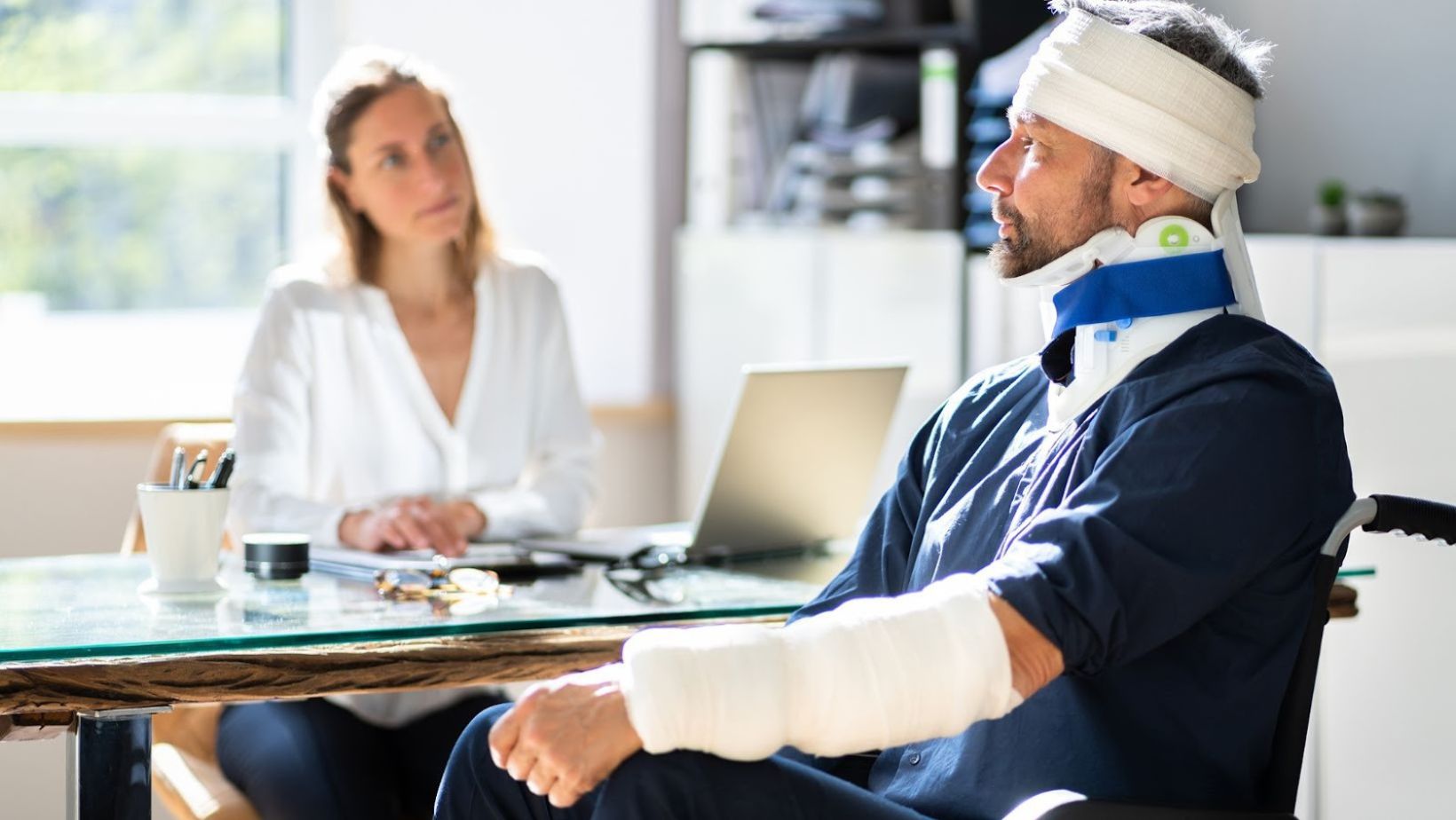Physical Therapy Exercises to Help You Recover After a Car Accident

Car accidents can have lasting effects on your body, even if the injuries seem minor at first. Whether you’re dealing with whiplash, muscle strains, joint stiffness, or more serious injuries, physical therapy is often a critical part of the recovery process. When done consistently and under proper supervision, the right exercises can help you regain strength, improve mobility, and prevent long-term complications.
In some cases, your car accident lawyer can help coordinate physical therapy as part of your injury claim. Legal professionals often work closely with medical providers to ensure that clients get the treatment they need, without the burden of out-of-pocket expenses during recovery. If you’ve been injured in a crash, connecting with an attorney early can also protect your legal rights and maximize your compensation.
Why Physical Therapy Matters After a Car Accident
After a collision, your body may be in a state of shock. Pain and stiffness might not appear for hours or even days. Physical therapy helps address soft tissue damage, promote circulation, and rebuild the strength and flexibility needed for daily activities. Skipping this step can lead to chronic pain and long-term disability.
Even if you feel fine immediately after the accident, it’s wise to get an evaluation and follow through with a therapy plan if recommended. The goal of physical therapy isn’t just to heal injuries—it’s to restore function and improve your overall quality of life.
Types of Car Accident Injuries That Benefit From Physical Therapy
- Whiplash
- Neck and shoulder strains
- Lower back pain
- Knee or joint pain
- Muscle sprains and contusions
- Herniated discs or spinal misalignment
Let’s break down some of the most common exercises physical therapists may recommend after a car accident, depending on your injury.
Gentle Neck and Shoulder Stretches
Purpose: Improve flexibility and relieve stiffness caused by whiplash or muscle strain.
Exercises:
- Neck Rotations: Slowly turn your head left and right, holding each position for 5 seconds.
- Shoulder Rolls: Roll your shoulders forward and backward 10 times each.
- Upper Trapezius Stretch: Gently tilt your head toward your shoulder while keeping the opposite shoulder relaxed.
Tip: Avoid jerky movements and stop immediately if you feel sharp pain.
Core Strengthening for Lower Back Injuries
Purpose: Strengthen the muscles that support your spine and prevent further injury.
Exercises:
- Pelvic Tilts: Lie on your back with knees bent. Gently flatten your back against the floor by tightening your abdominal muscles.
- Bridges: While lying on your back, lift your hips to create a straight line from your knees to your shoulders.
- Knee-to-Chest Stretch: Pull one knee toward your chest and hold for 20 seconds, then switch legs.
Tip: These exercises help reduce inflammation and promote circulation in the lumbar area.
Arm and Leg Mobility Exercises
Purpose: Rebuild range of motion and reduce joint stiffness.
Exercises:
- Heel Slides: While lying on your back, slide one heel toward your buttocks and then back to the starting position.
- Wrist Flexor Stretch: Extend one arm, palm facing up. Use your other hand to gently press your fingers back toward your body.
- Ankle Circles: Sit or lie down and rotate each ankle clockwise and counterclockwise.
Tip: These are especially useful after prolonged immobilization, such as when wearing a cast or brace.
Postural Training and Balance Work
Purpose: Help correct body alignment, prevent future injury, and improve stability.
Exercises:
- Wall Angels: Stand with your back against a wall and raise your arms as if making a snow angel. Keep your arms in contact with the wall.
- Single-Leg Stands: Balance on one leg for 30 seconds, gradually increasing time as strength improves.
- Standing Marches: Slowly lift your knees one at a time as if marching in place.
Tip: Good posture reduces strain on healing muscles and joints.
Breathing and Relaxation Techniques
Purpose: Aid in pain management and support mental health during recovery.
Exercises:
- Diaphragmatic Breathing: Inhale deeply through your nose, letting your belly expand, then exhale slowly.
- Progressive Muscle Relaxation: Tense and relax each muscle group, starting at your feet and working upward.
- Mindfulness Meditation: Focus on your breath and let go of intrusive thoughts for 5–10 minutes daily.
Tip: These exercises can help reduce anxiety, improve sleep, and make physical recovery more effective.
Safety and Supervision
Physical therapy should always be tailored to your individual injuries and monitored by a licensed professional. Overexerting yourself or using incorrect techniques can worsen your condition. Make sure your therapist is aware of all your symptoms and that your plan is adjusted accordingly as you heal.
Your attorney can help ensure that your therapy provider documents your progress thoroughly, which can strengthen your legal case and help secure full compensation.
When to Begin Physical Therapy
Timing is crucial. While it’s important not to rush into intense activity, waiting too long can lead to muscle atrophy, scar tissue buildup, and poor joint function. Your doctor and physical therapist will assess the best time to begin based on your diagnosis.
Typically, patients start with very gentle stretches or mobility exercises in the first few days or weeks after the accident, depending on injury severity. As your strength returns, your therapy plan will evolve accordingly.
The Legal and Medical Connection
If you were injured due to another driver’s negligence, your car accident attorney can help secure compensation not just for emergency care, but also for long-term rehabilitation. This may include physical therapy, chiropractic care, massage therapy, and follow-up visits with specialists.
In many cases, your lawyer can connect you with treatment providers who are willing to delay billing until your case settles. This means you can begin therapy right away without stressing over costs.




